Fears are an integral part of growing up years. As the kids start taking their tentative steps out into the big real world from the cozy, comfortable laps of the parents, they are plagued with a lot of uncertainties and anxieties. That is the starting point of their fears and concerns. How many do you remember about the fear of darkness or the unknown monsters in a cupboard or under the bed? Even the curtain movement in a dark room used to scare some kids, didn’t it?
According to various studies conducted by child psychologists, more than 45% of kids are plagued by different fears and anxieties during their early childhood. But they go off or become minimal by the time the kid is ready to enter middle school. In most kids, these fears might take an aggressive form before going away. But in very few kids, these fears, which have taken an aggressive form, would become real bullies (in the kid’s language) and stay with them. These fear bullies, which we call phobias, start hampering the daily life of kids.
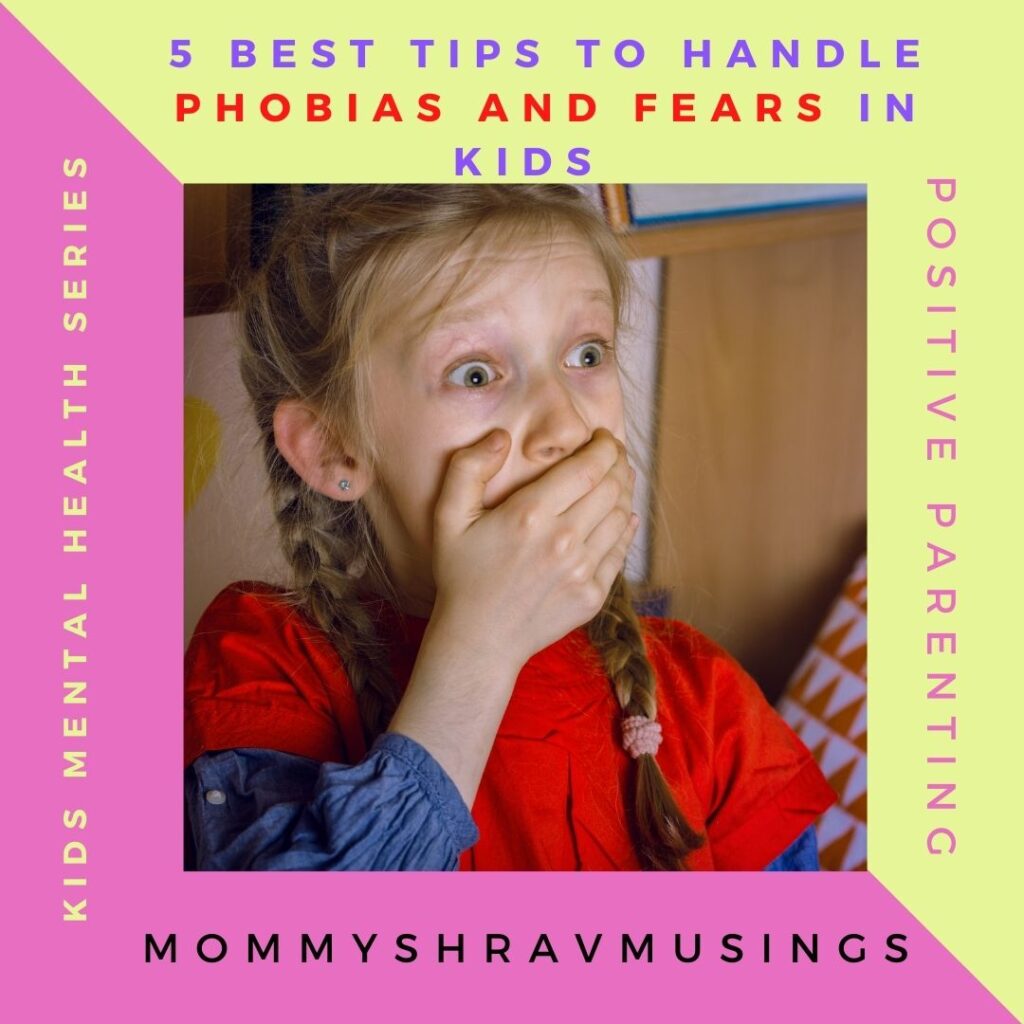
What causes Phobias in Children?
As stated earlier, the small harmless fears turn into real phobia monsters in kids’ lives and can happen in either of the following ways.
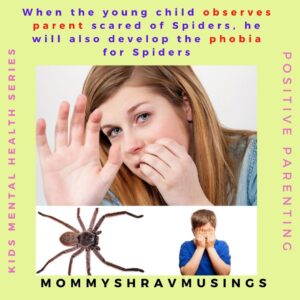
# Environmental Factors: There will be some starting point somewhere in the kid’s life where his chance encounter has escalated his fears (like facing a nasty dog or an unknown stranger who bullied him, etc.) and triggered the “flight mechanism” in his brain. Even a child who has experienced childhood trauma might get into various phobias.
As per human psychology, our brain uses the “Fight or Flight” mechanism to face our fears or anxieties. When the “Flight mechanism” gets triggered in small kids, those red flags would stay in their brain forever and get converted to phobias at a later point in life.
# Family or Hereditary Factors: Some anxieties and fears or phobias are genetically inherited in kids, irrespective of whether they have faced that situation in real life. Even when they are not genetically inherited, the kids observe their family members and think that their extreme reactions to certain conditions are the way of life. Hence they learn to accept those fears or phobias as a part of their life.
# Bilogical Factors: Sometimes, the chemicals which trigger the “Flight or Fight” mechanism in the brain will not be working properly or are ineffective due to some problems in the brain. This can happen due to complications during the mother’s pregnancy or birth. The phobias arising from this condition can be cured through medical advice.
Symptoms of Phobias in Children:
There are a lot of phobias that a child can have, like separation anxiety, fear of certain things or individuals or sounds, selective mutism, etc. Some of the common symptoms of phobias are as follows:
- Excessive sweating
- Increased Heart rate
- Stomach aches or body pains
- shortness of breath
- Tightness in chest
- fainting spells or feeling dizzy
- trembling or shaking.
Most of the children will not be able to express these symptoms as they are still young. Some of these symptoms could be found, even if the child is afraid of something. Hence as a parent, we need to be vigilant about our child’s behavior around those things or people about who our child gets scared. If a child is having these symptoms continuously, and his social life is getting interfered with due to the above conditions, it’s always best to consult the child’s pediatrician.
The child’s pediatrician or the health care provider would assess and ascertain whether these symptoms are due to any other health conditions or some specific phobias or fears. Based on their advice, we need to further consult the experts for future treatment if required.
Powerful tips for handling Phobias in Children:
Most of the phobias need expert involvement and advice for further treatment. The treatment plans depend on the child’s age, health conditions, the severity of the phobias, etc. As a kid’s life coach, I can only advise on the kind of support the parents have to provide to their kids with phobias.
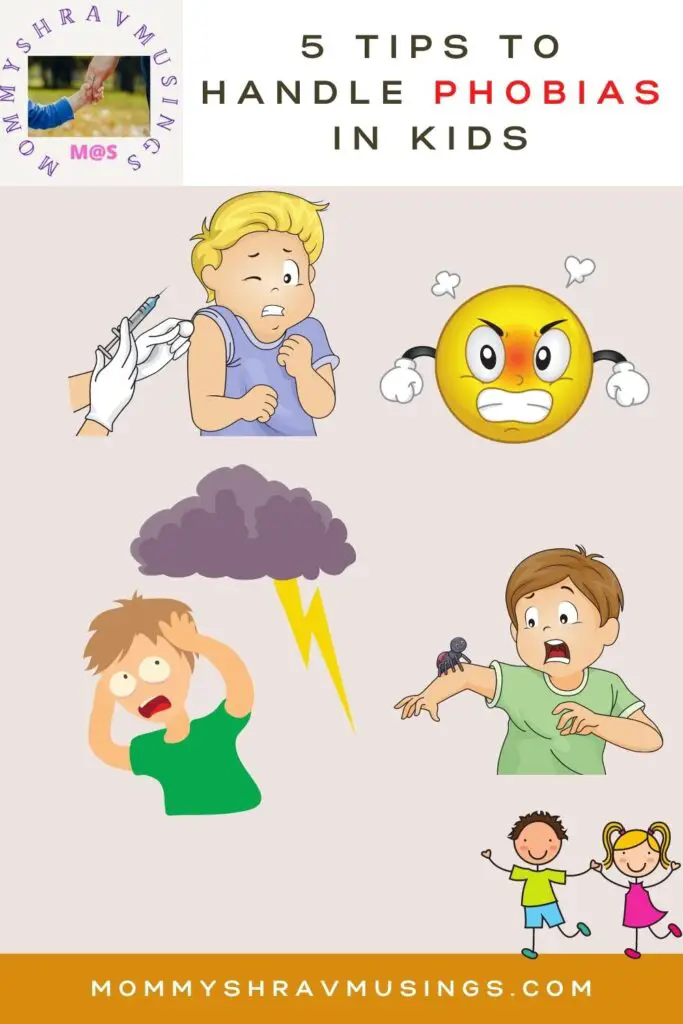
Pay attention to the Child: When the child expresses his fears or anxieties, provide an ear to him with full concentration. Don’t be judgemental or critical about his fears or phobias. Be sympathetic and show him examples of how people overcame their fears and phobias in life.
Don’t Force: Most parents believe in this adage that “When you drop a child in the swimming pool, he will learn to swim automatically.” But please do remember that this adage will not work everywhere and every time. The kid’s phobias are real and big monsters for him. You need to understand and act accordingly.
Provide the knowledge: Show the kids how various things work and give them an explanation as to how those are harmless. We might have to do this 100 times or even more until those small children can understand and comprehend it better.
Don’t belittle your child: This is especially important, as every child tries to overcome his fears and phobias. Sometimes, it’s not visible externally. As a parent, we need to be sympathetic towards him. Please don’t publicly ridicule or belittle him about his fears and phobias.
Get the timely expert intervention: As a parent, it’s our foremost responsibility to get the expert intervention at the right time to treat children’s various fears and phobias. When we sense that these fears are not normal, we need to consult our pediatrician or the health care provider immediately so that our child can have a stress and anxiety-free life later.
I hope you liked these tips for handling phobias in children. Do comment with your thoughts below. More such articles can be found here.

Suhasini, IP, is the Author of the book “Practical Tips for Kids Mental Health.” As a certified kids and parents life coach, she helps/guides you toward a happy family life for your kids. She firmly believes that “Emotionally Happy Kids of today are the Mentally Strong and Happy Citizens of tomorrow.” Let’s make the world a happy and beautiful place for our kids to thrive.

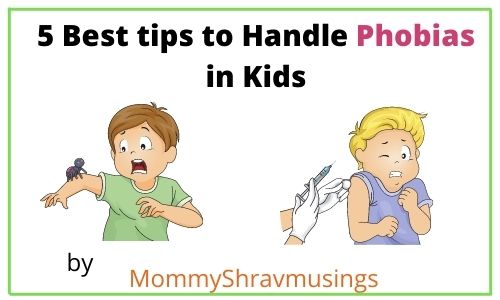


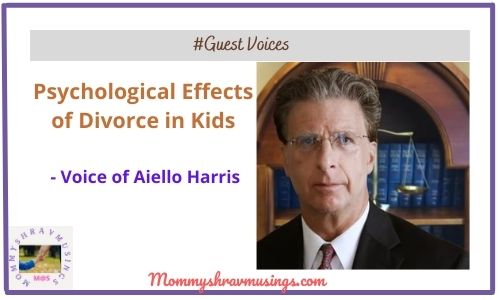
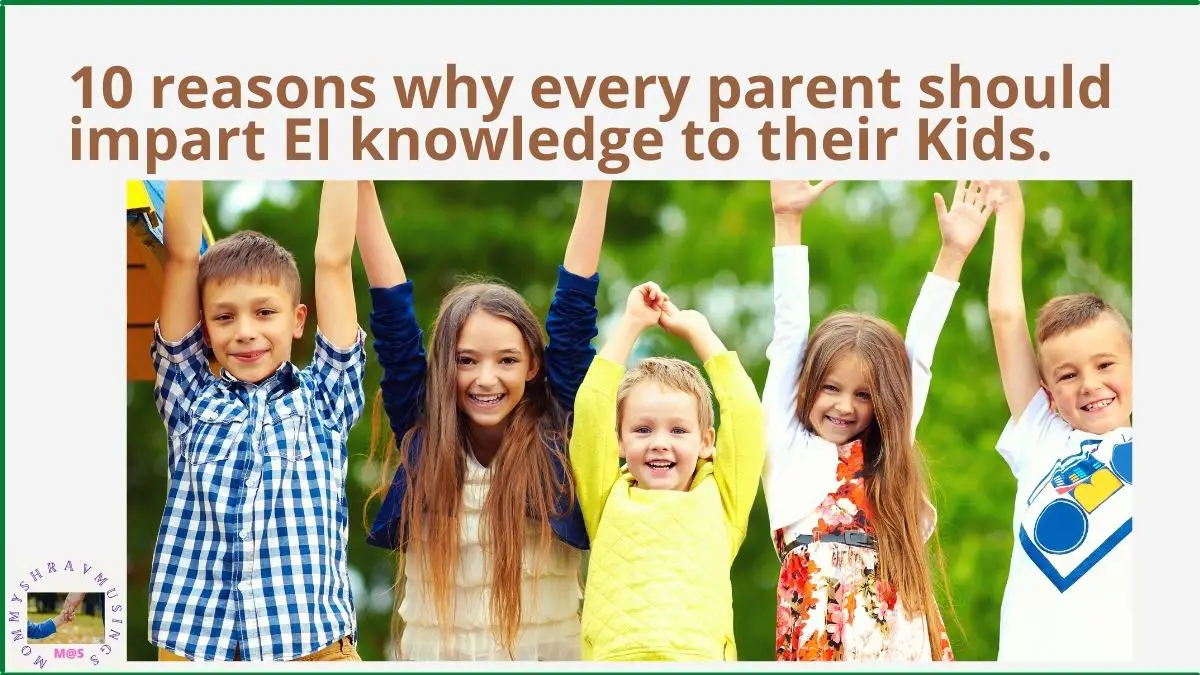
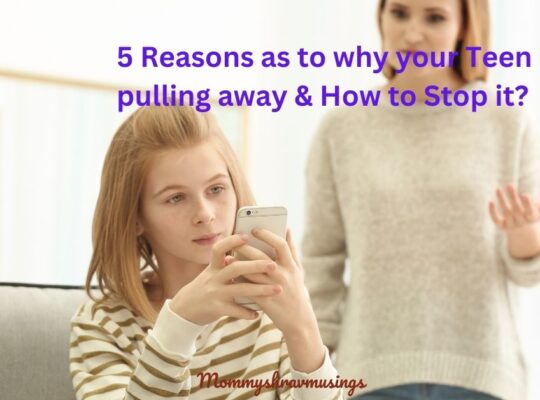

Paying attention and providing the knowledge are the first step to handle fears in kids. Liked your info graph, well explained and I’m pinning it for reference. Long back my kiddo had developed fear of black after watching a scary series, but it was healed and taken care and with time he is fine now.
Not to belittle them and to understand their fear is important. To make them understand comes later. I liked the example you gave about swimming.
Deepika Sharma
All relevant tips.
Much needed to pay attention to the child. If nothing works, expert consultation should help.